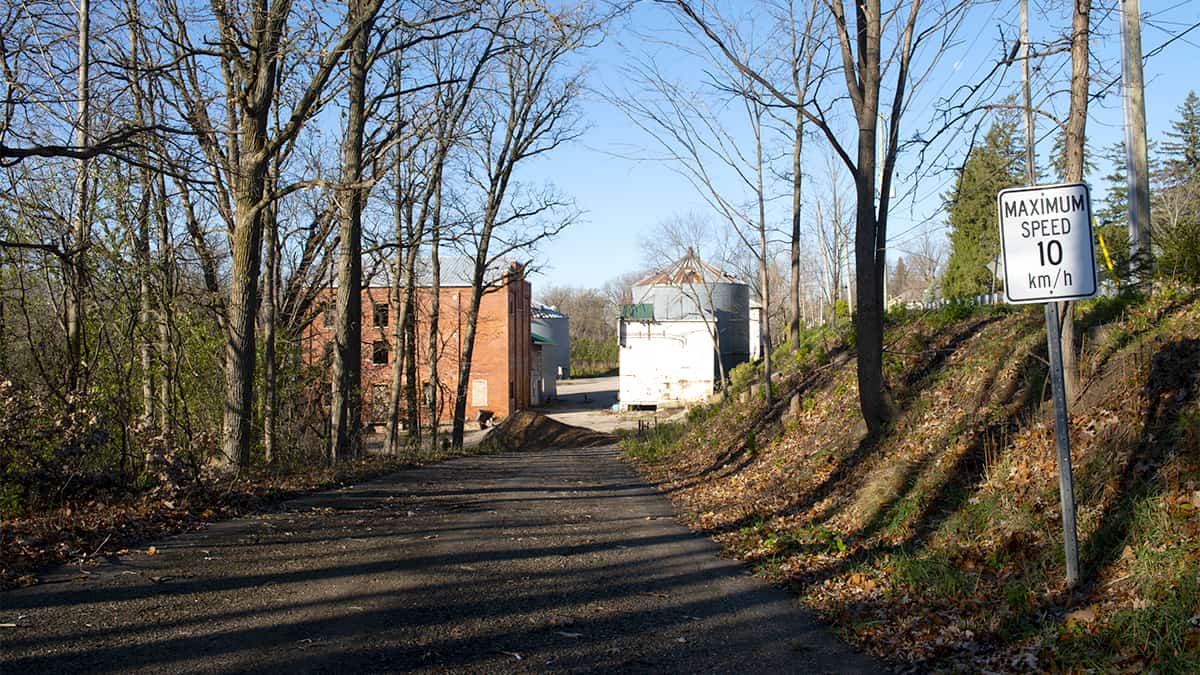Elevated from the numbers seen over the summer, the number of new COVID-19 cases has remained stable over the last couple of months in Waterloo Region. Likewise, the rate of transmission has been steady.
“Overall, in the region our cases continue to remain stable at this time. Our rate of new cases has been approximately 16 per 100,000 per week; the average rate of new cases for Ontario has been approximately 41 per 100,000 per week. In the Waterloo Region the seven-day moving average of percent positivity of tests is currently 1.6 per cent, with fluctuations between 1.1 and 1.6 per cent,” said medical officer of health Dr. Hsiu-Li Wang at the region’s weekly briefing October 30.
At midweek, there were 131 active cases of COVID-19 in the region, bringing the total since the pandemic began to 2,213. Of those, 1,961 have been resolved, a recovery rate of 89 per cent. There have been no new deaths in months, the total remaining at 120.
Hospitalization rates have remained low, with nine cases as of the latest report, three of whom were in intensive care.
“Our outbreaks are currently relatively few in number, and well controlled. So, locally, the situation is relatively stable to date. That said, provincially overall, and in some other medium-sized regions, the rates of new cases hospitalizations, ICU use and outbreaks continue to trend upwards. And we know that the situation can accelerate quickly anywhere,” said Wang.
There are currently six active outbreaks in the region, with only one at long-term care or retirement home facility.
In cases of workplace outbreaks, Wang notes such situations are often related to workers letting their guard down amongst coworkers.
“As the weather becomes colder, people will spend more time indoors. This will increase the risks of COVID spread in our region, which is why it is essential that we do not let up in Waterloo Region, practicing the public health precautions as part of our new normal each and every day,” she said, encouraging people to follow these four public health measures while they stay in-doors over the winter: “limit close, unprotected contact to only your immediate household members, practice physical distancing and wear a mask or face covering with everyone else. When gathering with others, gathering together virtually is safest. In gathering in person, at a distance and with face coverings. Gather outdoors or in well-ventilated indoor spaces. Stick to smaller groups. When gathering smaller is safer.”
Staying the course is essential to help slow the spread of the virus, Wang stressed.
“I think we should expect that we’re going to have to keep up with the public health measures… I would recommend that people start to envision that a lot of the practices that you know we need to keep up as part of our new normal to reduce the risks of spreading it to our to our friends, family and loved ones.”
In neighbouring Wellington-Dufferin-Guelph, there were 51 active cases at midweek. That catchment area’s cumulative total was 892, of which 804 (90.1 per cent) have been resolved.
The province is still dealing with a spike as the total number jumped to 78,705. There have been 3,166 deaths attributed to the virus, representing a mortality rate of four per cent. The ministry reports 67,244 cases (85.4 per cent) have been resolved.
The latest numbers from Health Canada show 31,147 active cases, bringing the total to 244,935 confirmed cases of COVID-19 nationwide, with 10,279 related deaths, a mortality rate of 4.2 per cent.









